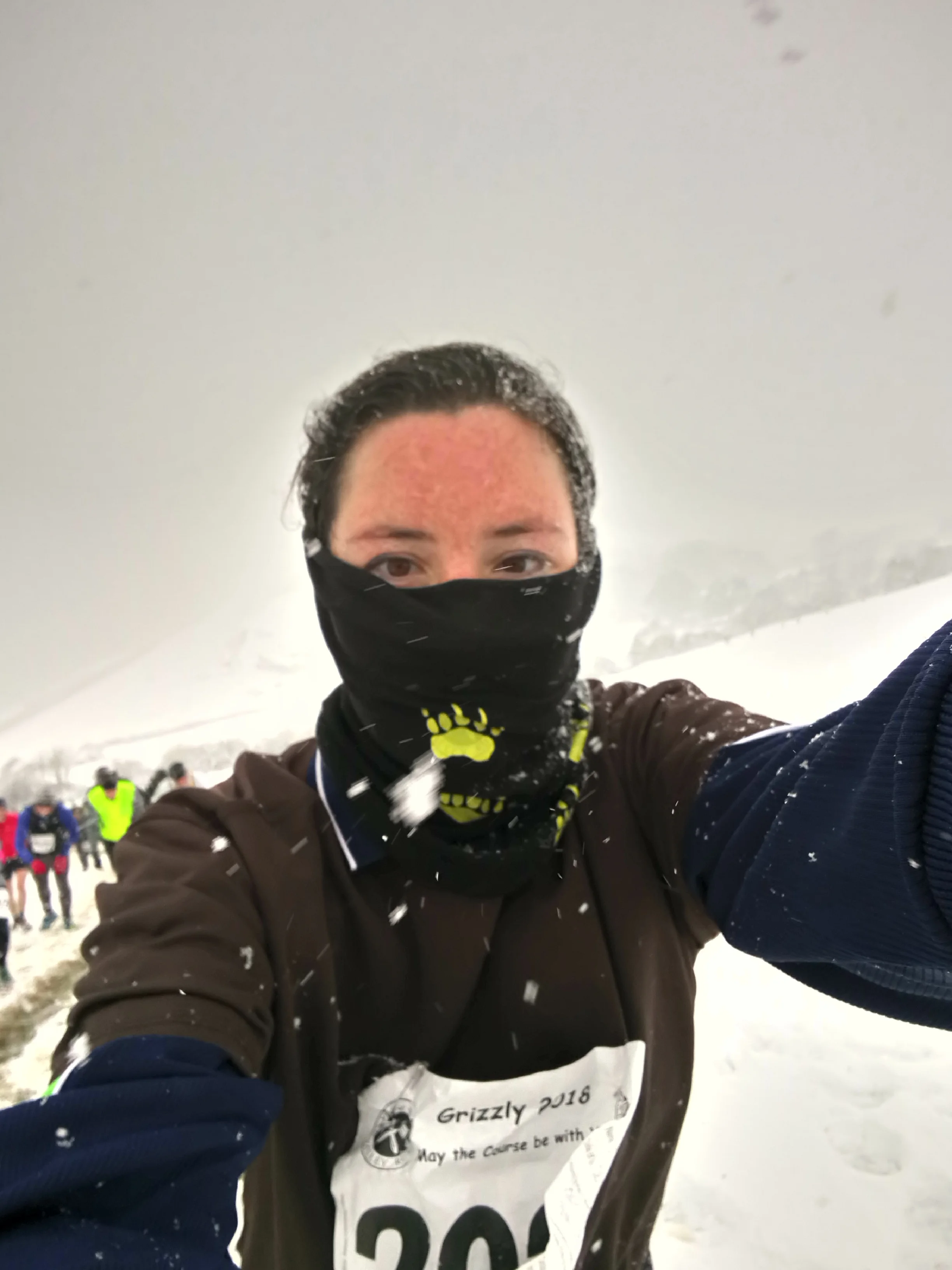Article was written by Heather Lowman-Riggs - Senior Physiotherapist
I bumped into a lady from home last weekend. ‘I’ve fractured my spine again’ she said ‘this time I just reached for the shampoo in the shower’.
I was shocked. This was a normal 62 year old nurse who had no major health issues, did a lot of charity work in Africa, ate a vegetarian diet and had recently lost a lot of weight in a health kick. A huge amount of weight, 8 stone over about a year to
be precise.
Blood tests revealed that she didn’t have cancer (another cause of calcium in the blood stream) but a DEXA scan showed osteoporosis (thinning of the bones www.nos.org.uk). Looking at her I thought about the normal osteoporosis risk factors
that physiotherapists watch out for: low body mass index, post menopausal, smoking, excess alcohol, prolonged steroid use, thyroid issues, being female, early hysterectomy, lack of calcium in the diet and lack of weight bearing exercise. She
was female and post menopausal but had started exercising as part of her weight loss programme and none of the other factors seemed to be applicable to her.
‘I do have a family history of osteoporosis’ she said and I have lost a LOT of weight
and don’t eat much fish or dairy.
I did a quick literature search to see what was out there on weight loss and osteoporosis and sure enough I found an old study of 30 post menopausal dieters some of whom were given calcium supplementation (McDonald 1998). Those who’s
diet was supplemented showed significantly less bone turnover. The authors therefore suggested a protective dose of 1500mg of calcium per day for post menopausal women trying to lose weight. More recently a review highlighted concerns around loss of bone density post gastric band surgery (Center and White 2013).
I also found literature which suggested that certain foods can be connected to slight pH changes which over a long period of time leach calcium from the bones (carnauba et al 2017). This reminded me of ketones an acidotic bi-product of fat
breakdown that came to fame during the Atkins-diet era. It is possible that the weight loss might have been associated with sustained increased in acid and therefore sped up the loss of bone density in a lady who already had a genetic predisposition.
I’m no dietitian so turned to Dr Google because I wondered what was normal in terms of standard adult calcium intake. About 700mg it seems according to an NHS website. On your plate that might look like a whole can of sardines (100g) or 100g block of cheddar cheese. Therefore, both would need to be consumed to satisfy the recommendations of the study on post menopausal dieters for 1500mg a day!!
This is hardly a systematic review of the literature, I haven’t even followed up on the advice around vitamin D! This is just a thought process started by a successful dieter’s misfortune. We put so much emphasis on weight loss for so many sorts of
health benefits and that remains unchanged. As a physio I will be keeping an eye out for those who come for treatment after dramatic weight loss but might have undiagnosed bone density issues. If I was a post-menopausal dieter I might consider
seeking some further advice on sensible bone protection measures.
Cauley, J., 2017. Osteoporosis:fracture epidemiology update 2016. Current opinion in Rheumatology. 29(2) 150-156.
Center, J. R., & White, C. P. (2013). Obesity: Bariatric surgery, weight loss and bone. Nature reviews. Endocrinology, 9(11), 630-632
McDonald, H., 1998. Nutrition bites. File it under every cloud has a silver lining’….osteoporosis.
Carnauba, R., Beatriz A., Paschoal V., and Hübscher, G., 2017 Diet-Induced Low-Grade Metabolic Acidosis and Clinical Outcomes: A Review.
Nutrients 2017, 9(6), 538
https://www.nhs.uk/conditions/vitamins-and- minerals/calcium/
National Osteoporosis Society www.nos.org.uk
























